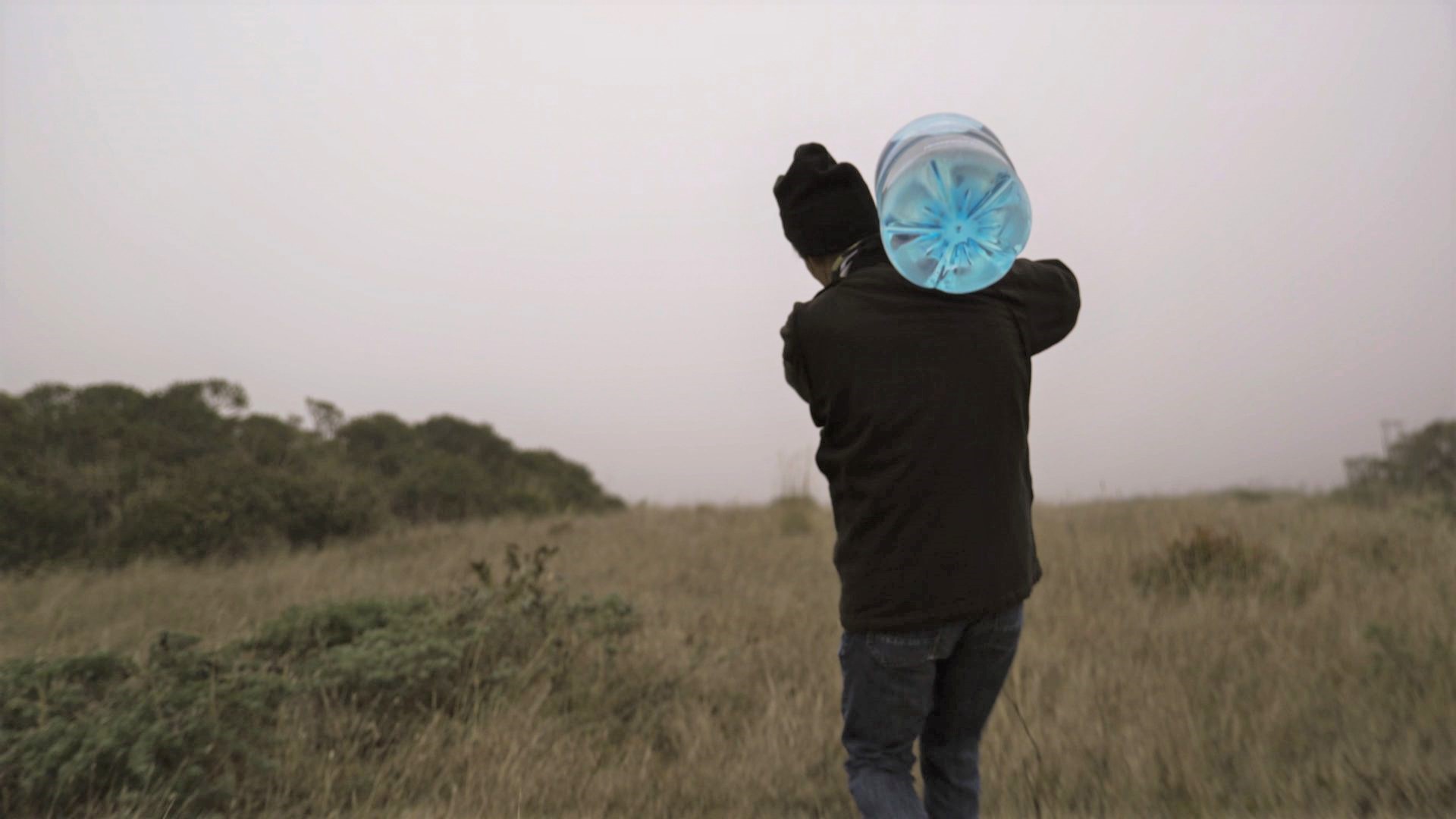Photo By: Matthew Polvorosa Kline
In Defense of Animals, TreeSpirit Project, and ForElk.org are pleased to learn that the National Park Service (NPS) is finally providing some water to the Tule elk that are trapped behind fencing inside Point Reyes National Seashore. The news comes amid ongoing drought conditions.

Hundreds of activists have gathered to intervene in recent months to provide water to the Tule elk, only to have it dumped out shortly after by the NPS. The NPS has removed 10 troughs that activists provided, including two that were brought just one week ago.
“This is a good step and we’re glad some elk will now have access to water, but many elk still won’t. This doesn’t solve the problem,” said Lisa Levinson, In Defense of Animals’ Campaign Director, in a statement sent to WAN. “These elk are still captive animals in a national park who can’t access the forage they need, and they aren’t being provided for. This is unacceptable, and we’ll continue to call for the only real solution: removing the miles of fence confining them.”
As previously reported by WAN, for months, activists have been sounding the alarm over this dire situation. They have been urging the NPS to intervene on behalf of Tule elk who are trapped by fencing in the Tule Elk Preserve at Tomales Point. The elk remain contained to 2,600 acres of land, to keep them off of 71,000 acres of ranchers’ land, including 28,000 acres reserved exclusively for 5,600 cattle. This is harming elk to benefit privately-owned ranches that are raising animals for meat while operating in the national park.

The NPS has consistently said it would supply water should it become necessary, but that it “wasn’t necessary” — while elk continued to die. In April, the NPS announced that 152 elk — more than one-third of the 445 elk fenced in at Tomales Point — died over the winter, bringing their population to only 293. Necropsies conducted on six elk indicate that they were emaciated and deficient in copper and selenium.
Now, however, the agency is finally acting. On June 11th, the NPS announced that it placed three gravity-fed 250-gallon water troughs at the south end of the Tomales Point reserve, which will remain there until next winter.
“We take this confusing, contradictory narrative as proof that animal and environmental activists’ actions, including those of In Defense of Animals, ForElk.org, and the TreeSpirit Project, along with an upwelling of public support have finally created enough political pressure and damning publicity to provoke a response,” said Jack Gescheidt of TreeSpirit Project. “But, the root cause of the problems remain ignored: hundreds of elk are imprisoned inside a national seashore because 28,000 acres of land has been given over to subsidize private, for-profit beef and dairy operations with thousands of cows who pollute this protected seashore’s land, water, and even its air, with more greenhouse gases than all of the park’s 2 million annual visitor vehicles.”

“Tule elk thirst and starvation remain unsolved. Only the elk in the southern portion of the Reserve will access this water. The northern herds will not,” said Diana Oppenheim of ForElk.org, an early supporter of the elk and Seashore’s cause. “All the elk in the Reserve will still suffer from inadequate forage because the area, like all of California, is currently drought-stricken.”
In May, Marin County declared a drought emergency. The only effective solution is for the fences to come down and the elk to be released. The private cows must be moved out of this public park to end their massive, ongoing, under-reported pollution.
“The Park Service has become like a private zoo-keeper who refuses to release his animals while also refusing to provide them adequate food and water. But, this is a public national park unit, not a private zoo, and the animals are, by law, supposed to be wild, to roam free, not lethally fenced onto 2,600 acres inside a 71,000-acre national park,” added Gescheidt.





